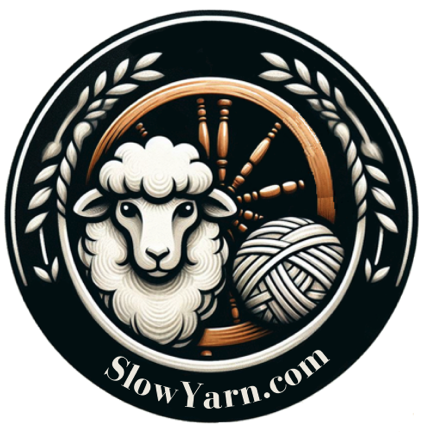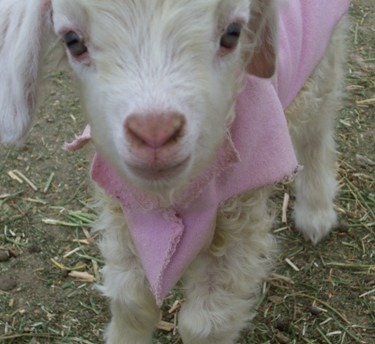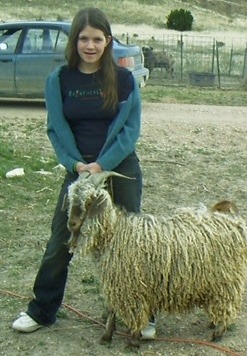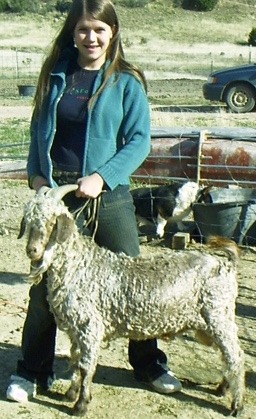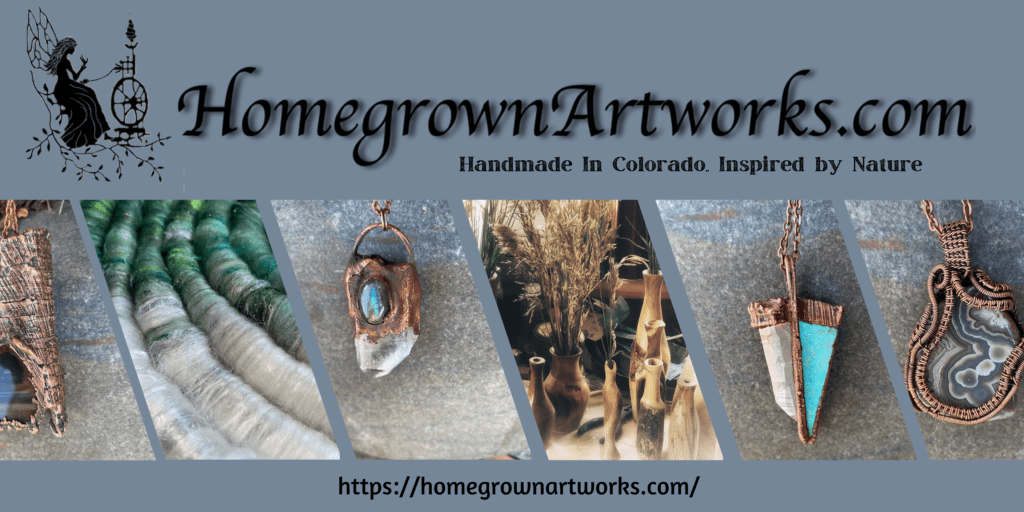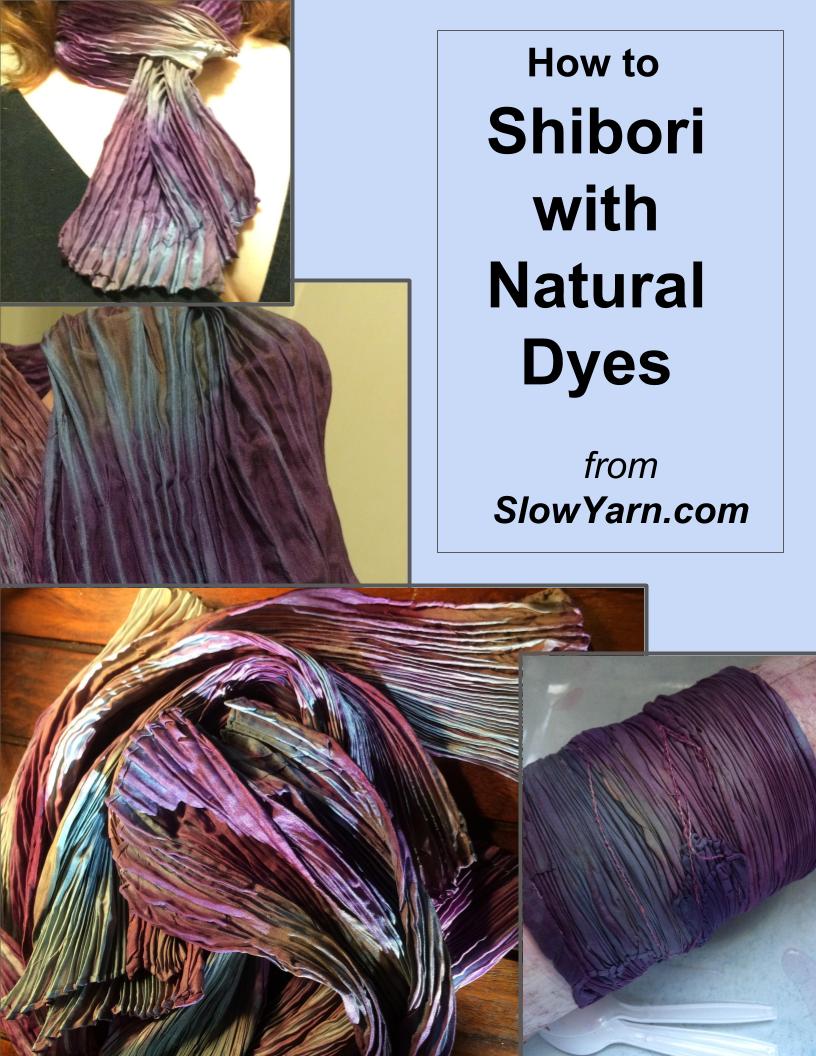If you’re looking for an animal that is easy to keep, makes beautiful fiber for Fiber Arts, and has the most adorable babies EVER, you should look into raising Angora Goats.
Seriously, even though all baby animals are cute, tiny baby Angora goats are born with a halo of curls that make them look little angels. They bounce, they play, and they sound a lot like human kids when they cry — which is probably why they’re called “kids.”
People have been keeping goats for wool for a very long time. Cashmere and Angora goats have been bred to be quite different animals, and their fiber is used for very different things. You can recognize Angoras for their long, curly ringlets of hair, whereas cashmere wool comes from the soft and fuzzy undercoat of the Cashmere goat.
Angora goat wool, called “mohair,” has properties which make it quite different from sheep’s wool or Cashmere. Mohair is shiny, strong, and fire resistant. It takes dye readily. The fire-resistant quality makes it useful for upholstery fabrics covering furniture and car seats. Race cars are usually made with mohair fabric seats for their fire-resistance and durability.
These goats are easy to keep. They tend to be less active or aggressive than most other breeds of goat. They climb less, fight less, and generally get in less trouble. Angoras are known for dealing well with heat and desert climates. For an excellent source of information on keeping any breed of goats, get a copy of Pat Coleby’s book “Natural Goat Care.”
Angora goats are shorn twice a year, unlike sheep who only have one annual shearing. With 5 pounds or more of fleece per shearing, they are very economical fiber producers. Kid Angora fiber, taken from the young goat in their first 12 months, is ultra-soft and precious. Mohair tends to get coarser as the goat ages, but there is a wide variety between individual goats in the quality and softness of their fiber. I had one doe who had butter-soft fleece at every shearing for her entire life. It never seemed to get any coarser. Most bucks tend to have coarser fleece, in my experience. The coarser mohair has more sheen than the softer, and therefore very different uses. Upholstery, carpets, and tapestries made from the coarse mohair are durable and lovely with shiny, deep color from dyes.
Although most Angora goats are pure white in color, some have been bred to have naturally colored fleece. For more information, contact the American Colored Angora Goat Registry.
Here is a “before and after” set of photos of a champagne-colored Angora buck named Twix, who was overdue for his autumn shearing. You can see from the short ends left on his torso how shiny mohair can be.
Shearing Angora goats can be easily done by the owner, without the need to hire a professional shearer unless your flock is quite large. My tool of choice was Fiskar’s Soft-Touch Multipurpose Scissors. They were easy on my small hands, just sharp enough at the tip to get into the fiber without hurting the animal, and spring-loaded to open up between cuts. I could shear an entire goat in half an hour with no hand fatigue. Any goats who had been raised on my ranch from birth were extra-easy! My kids taught the goat kids to fall asleep in their laps when they were tiny, and shearing forever after involved putting a goat on my lap in a lawn chair. It was easy to cut off the shiny locks while they relaxed and started to snore!
Comments are always welcome here at SlowYarn! Tell us what you think, share your ideas, or comment on the content. Or you can contact me directly at Kelley@SlowYarn.com.
Thanks!
–Kelley
Copyright © 2013-2023 Kelley Adams. All rights reserved.
All text, photos, and graphics are the property of Kelley Adams unless credit is given to an alternative source.
